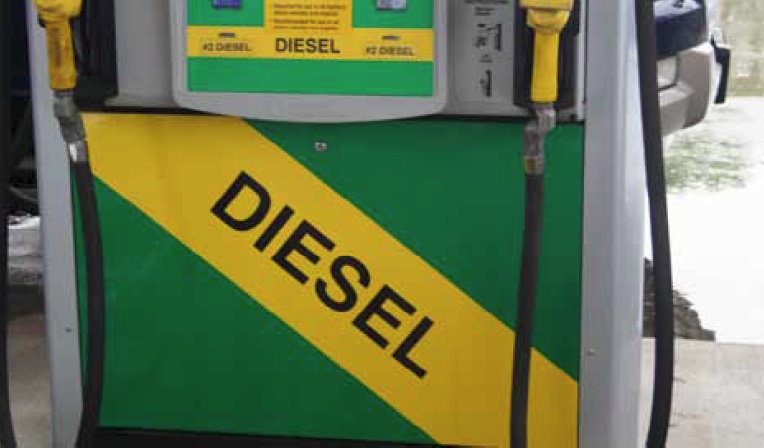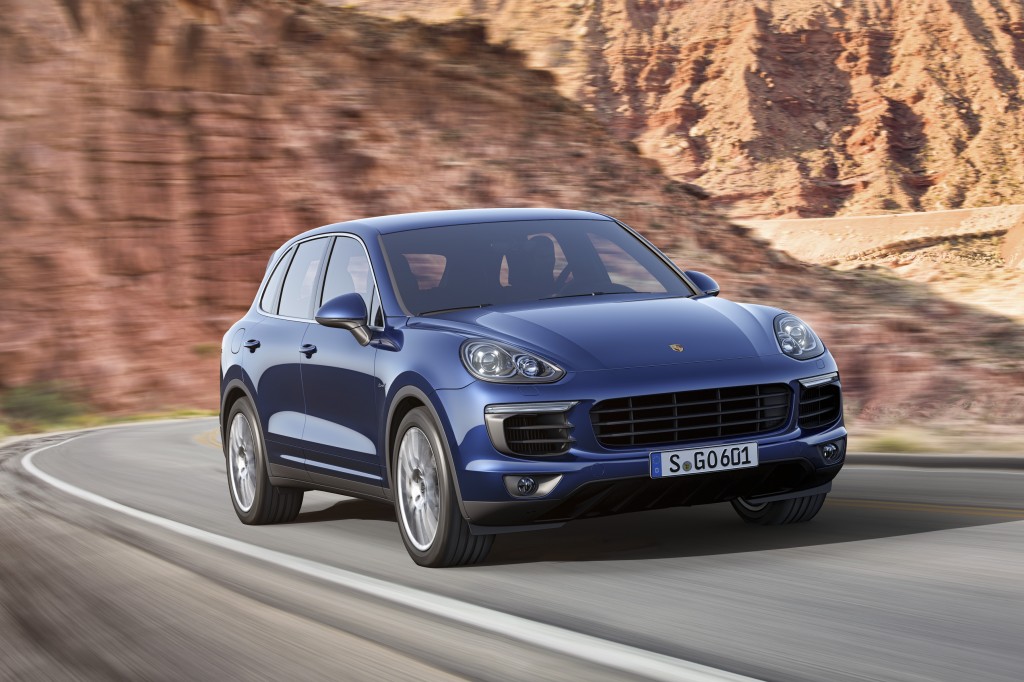The only region where diesel passenger cars sell in equal numbers to gasoline-powered vehicles is Europe.
And until the advent this year of tougher Euro 6 emission standards, new European diesel cars were significantly dirtier than those sold since 2008 in North America.
But one European transport analysis group suggests that the newest European "clean diesels" actually emit far higher levels of nitrous oxides (NOx) than the legally permitted limits.
DON'T MISS: Days Numbered For Dirtiest Diesels In Europe; France To Phase Out Diesel Fuel
A report issued last October by the International Council on Clean Transportation (ICCT) showed that real-world emissions were far higher than the new Euro 6 emission standards and the U.S. Tier 2, Bin 5 limits would allow.
The council's full report can be downloaded as a PDF here.
As the ICCT wrote in a summary, "On average, real-world NOx emissions from the tested vehicles were about seven times higher than the limits set by the Euro 6 standard."

2016 Land Rover Range Rover and Range Rover Sport HSE Td6 diesel models, 2015 Detroit Auto Show
It said the excess emissions "could not be attributed to 'extreme' or 'untypical' driving."
"Instead," it concluded, "they were due to transient increases in engine load typical of everyday driving (e.g., going up a slight incline), or to normal regeneration events in the normal diesel exhaust aftertreatment systems."
The report notes that not all the tested vehicles were out of compliance: "Some of the tested vehicles had average emissions below Euro 6 emission limits."

Diesel fuel pump
The ICCT concluded that the technology exists to keep all new diesel vehicles within the new limits set by the Euro 6 standards--but that not all new "clean diesel" cars presently comply with those limits in real-world use.
Interviewed by Green Car Reports, Greg Archer of the Brussels-based environmental group Transport & Environment (T&E) noted that the ICCT had previously reported on growing discrepancies between test-cycle results and those achieved by drivers in real-world use.
“The intention of these regulations," Archer told The Detroit News last month, "was that the limit should be met on the road, not just in the laboratory."
MORE: Europe's Gas-Mileage Test Results Move Further Away From Reality: Report
In fact, he said, the emissions and fuel efficiency achieved by not only diesel but also gasoline vehicles in Europe are steadily diverging from test-cycle results.
The U.S. EPA applies a number of so-called adjustment factors to the raw data from its test results, which keeps the fuel-economy ratings on new-car window stickers roughly in line with real-world results.
Europe is now planning to move away from the current New European Drive Cycle (NEDC) tests to a new regime of test cycles, known as Worldwide Harmonized Light-Vehicle Test Procedures (or WLTP for short) in an attempt to address the divergence from real-world fuel efficiency.

Percent of U.S. and Canadian gas stations selling diesel fuel as of May 2014
But, Archer said, "The introduction of WLTP will not really help" with the issue of NOx emissions, because "the test is much longer, so cold start a much smaller part of the test."
While the WLTP results are more realistic than those from NEDC, he said, "the new Real World Driving Emissions tests will help--but it depends how they are implemented."
And the details of how the real-world tests will be conducted are still being finalized.
Not all the news is bad.

2015 Porsche Cayenne Diesel
Emissions Analytics, which contributed test results to the ICCT's report last year, wrote last month: "Our latest tests show that many newer Euro 6 diesels are showing marked improvements, with NOx levels averaging 2.5 times above the legislated limit."
But the divergence shows the importance of continued testing to confirm that the intent of new emission limits--rather than simply the letter of the test cycles--is being met.
And continual focus on differences between real-world emissions and fuel consumption and the results achieved by test bodies is required to ensure that consumers are not misled.
In other words: If the test cycles don't reflect reality, then governments must adjust or change them.
_________________________________________________













